June 19, 2025 | 09:30 GMT +7
June 19, 2025 | 09:30 GMT +7
Hotline: 0913.378.918
June 19, 2025 | 09:30 GMT +7
Hotline: 0913.378.918
In 2011, following the Government's directive to increase rice production by 1 million tons, the Ministry of Agriculture and Rural Development (MARD) implemented a series of synchronized measures, including adjusting crop schedules, applying suitable rice varieties and preventing pests and diseases. Notably, the central government allocated nearly 8.2 million USD to support localities in the Mekong Delta in reinforcing dikes, embankments and pumping systems to expand the autumn-winter rice crop (third rice crop). Specifically, for the upstream regions affected by floods from the Mekong River, which traditionally grow two rice crops/year, the construction of closed dike systems has enabled farmers to effectively cultivate a third rice crop.
In this series, reporters from Vietnam Agriculture Newspaper document the reality of third rice crop production in Dong Thap province, over a decade after the investment in closed dike systems designed to support rice farming.
The Khang Chien road, which encircles Long An B hamlet in Phu Tho commune (Tam Nong district, Dong Thap province), has been transformed into a sturdy dike, standing 4 to 5 meters above the rice fields.
At around 10 a.m., looking down from the dike, we spotted Mr. Le Hoang Em, busily spraying pesticides on his cornfield, which stood isolated amidst the vast expanse of rice fields.
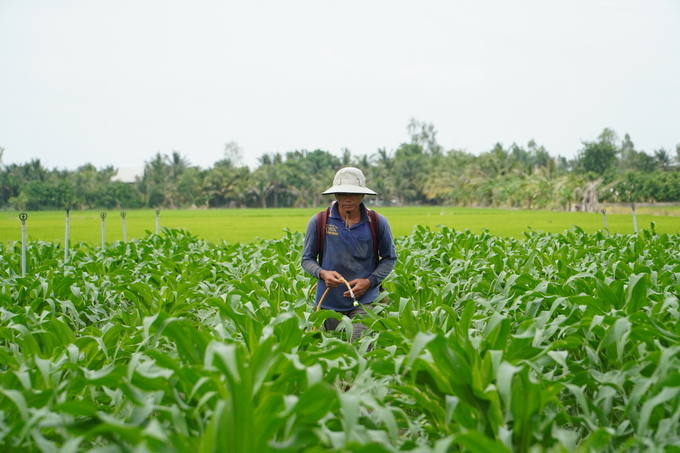
Mr. Le Hoang Em’s cornfield (Long An B Hamlet, Phu Tho Commune, Tam Nong District, Dong Thap Province) was planted 1 month ago, while the surrounding fields are growing the third crop of rice. Photo: Kim Anh.
Upon inquiry, it was discovered that this area was originally known for growing two crops of rice per year. Since 2014, a closed dike system has been constructed, both Mr. Le Hoang Em and many local residents have switched to growing three crops/year.
At that time, Mr. Hoang Em found that producing three crops of rice yielded much better income than before. Although pests did emerge, they were not severe and the farmers made a profit.
However, over time, pest issues, such as planthoppers and rats, became more severe, leading to higher production costs. Therefore, starting from the winter-spring 2023-2024 crop, Mr. Hoang Em decided to convert all 10 rods of rice fields to pepper cultivation, but it did not yield good results. For the summer-autumn 2024 crop, he has decided to switch to growing corn.
Pointing towards the field across the dike, where floodwaters have inundated the entire area, Mr. Hoang Em expressed that as soon as the fields outside the dike release floodwaters, rats will migrate to the fields within the dike, especially to higher ground to cause damage. Therefore, his pepper cultivation in the previous crop was barely break-even and resulted in a loss of effort. According to this farmer’s calculations, the usual cost for fertilizer and plant protection products (if there are not many pests) is about 40 to 50 USD/rod, but it has now increased to nearly 80 USD/rod.
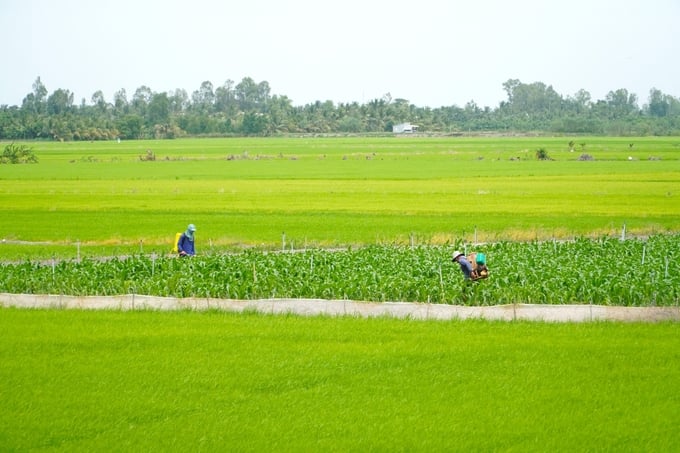
Farmers are gradually converting less productive rice fields to other uses. Photo: Kim Anh.
"The field that harvests three crops a year is currently in its harvesting phase, while the field that grows two crops is about to be planted. Pests keep moving back and forth. The cornfield, which was planted about a month ago, is already facing severe pest problems. We've applied pest control treatments four times", Mr. Hoang Em said.
Meanwhile, Mr. Nguyen Thien Thuat from Long An A Hamlet, Phu Thanh A Commune (Tam Nong District) is cultivating 14 rods of land with three rice crops per year in a closed dike area.
Earlier, Mr. Thuat converted about 10 rods of rice fields to grow mangoes. He asserts that "growing three crops a year may not be more profitable than two crops". In fact, many farmers are intensifying their cultivation to seven crops in two years. Even though they are fully aware that this approach is not profitable, Mr. Thuat says that they are forced to grow three crops of rice because there are no other viable options.
Mr. Thuat presents an economic analysis: cultivating three rice crops continuously results in costs increasing to about 108 to 116 USD/rod. Due to the lack of rest for the soil and insufficient time to collect straw, the profit is only around 160 USD/rod/year.
In contrast, in the area outside the dike, growing two rice crops incurs a seasonal investment cost of about 80 to 92 USD/rod, with a profit of about 120 USD/rod/year (considering only rice income).
If growing mangoes, during a good season, 10 rods can bring an income of around 8.000 USD/year, which is many times higher than rice cultivation. However, if conditions are unfavorable, it can also lead to complete loss.
Moving to An Binh A Commune, Hong Ngu City, this area has also had a closed dike system built for over 10 years, creating a solid transportation route that serves the local residents' production needs.
While busily mixing fertilizer, Mr. Nguyen Van Nghe (from An Binh Commune) paused his work to chat with us when he saw us approaching from a distance.

The increase in pests has led local farmers to use more fertilizers and plant protection products. Photo: Kim Anh.
According to Mr. Nghe, before the construction of the dike system, growing rice was much easier, with almost no need for pest control and fertilizer costs were about 50% of what they are today. However, he estimates that the production costs for nearby fields are now around 80 to 120 USD/rod (1,300 m²), an increase of about 20 to 24 USD/rod compared to before.
In addition, due to many years without draining the floodwaters into the fields and continuously cultivating of three crops/year, the soil has become depleted. As a result, the rice production of local farmers is unstable, with some seasons being profitable and others not. Particularly in the summer-autumn 2024 season, excessive rain and whitefly infestations affected the crop. Mr. Nghé’s family planted nearly 80 rods of land but only harvested just over 500 kg/rod.
In this field, we can't drain the floodwaters because the land is uneven. The upper half of the field is on a raised area where draining the floodwaters would only barely cover the edges. Meanwhile, the lower part of the field floods the fruit orchards, so no one is willing to do it", Mr. Nghe explained.
In Tan Hong District, the situation is similar. Over the past 2 to 3 years, the appearance of wild rice (also known as weed rice or grass rice) has been increasing, affecting the yield for local farmers.
Farmer Doan Van Nam from Hamlet 3, Sa Rai Town (Tan Hong District, Dong Thap Province) has been involved in rice cultivation for several decades but has never encountered such a severe infestation of wild rice as now.
"On average, if the fields are free of wild rice, the harvest for the winter-spring season can reach 750 to 800 kg/rod, and 650 to 700 kg/rod for the summer-autumn season. However, with wild rice, the harvest only yields 200 to 250 kg/rod. Wild rice spikes with tails, round and long grains like regular rice, but by harvest time, they all fall off, leaving only the straw", Mr. Nam added.
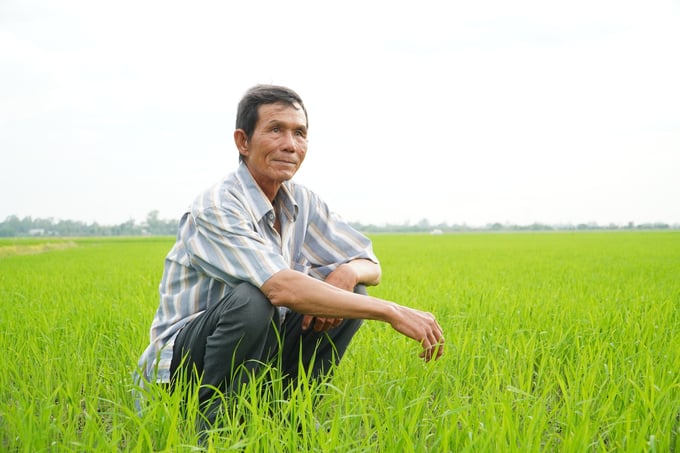
Farmer Doan Van Nam from Hamlet 3, Sa Rai Town, Tan Hong District, Dong Thap Province is disheartened by the increasing prevalence of wild rice. Photo: Kim Anh.
To address the difficulties in production and help farmers achieve profitable three-crop cycles, Mr. Nam hopes that scientists and relevant organizations will research solutions to control the wild rice problem. If the wild rice issue persists and spreads, it will greatly tire the farmers.
Additionally, many farmers here believe that every 3 to 4 years, the local area should flood the fields to wash away accumulated toxins and replenish the soil with alluvium, which would help the rice plants grow healthier and yield higher. However, in reality, many farmers have switched to growing crops, vegetables, raising fish and shrimp. Therefore, many are opposed to flooding the fields due to concerns about potential damage.
Recognizing the importance of flooding fields in a three-crop rice production system, Mr. Nam believes that if local authorities are decisive and provide advance notice, farmers farmers should be required to stop planting when the floodwaters are introduced.
Translated by Phuong Linh
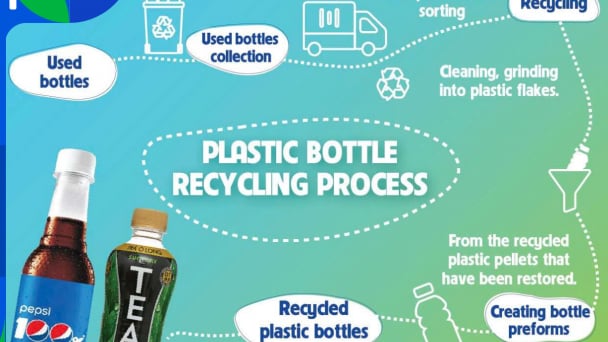
(VAN) To address plastic pollution, closing the plastic recycling cycle will bring significant economic and environmental benefits.
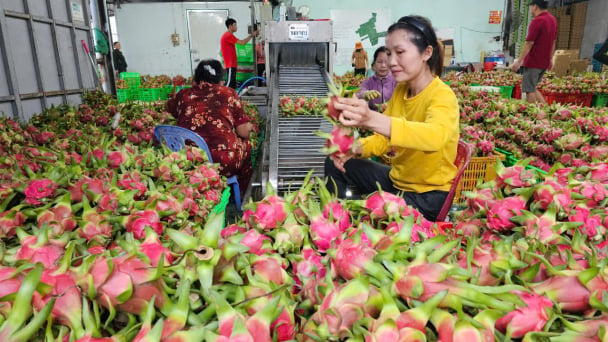
(VAN) According to the Binh Thuan Department of Industry and Trade, in the first five months of 2025, Binh Thuan's dragon fruit export turnover increased by 20.65% compared to the same period last year.
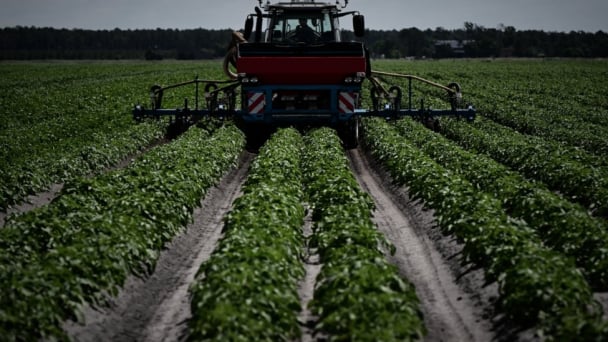
(VAN) EU countries on Thursday gave final approval to new tariffs on fertilizer imports from Russia, a move aimed at cutting off revenue that could support Moscow’s war in Ukraine, despite concerns from European farmers.
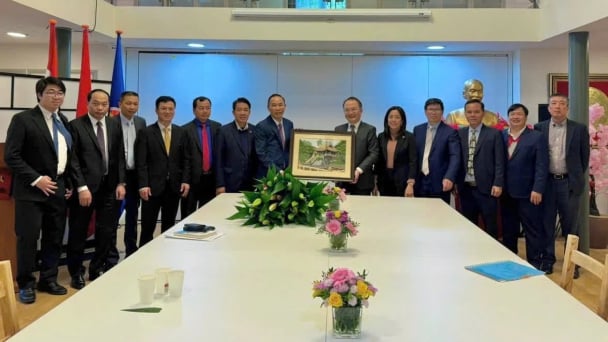
(VAN) The working delegation from the Ministry of Agriculture and Environment conducted an important trip to the Netherlands to strengthen strategic partnerships and sustainable development in the agricultural sector.
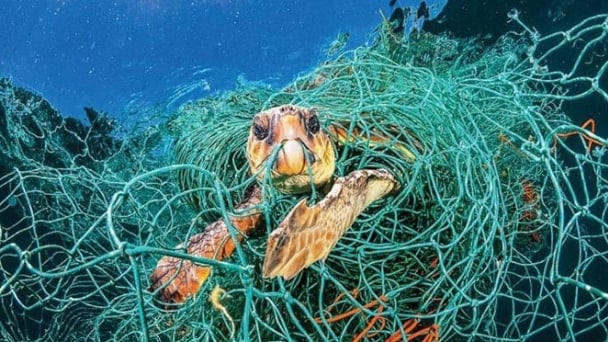
(VAN) The letter ‘A Plea from the Ocean’ not only evokes emotion but also awakens the human conscience to the responsibility of protecting life on Earth.

(VAN) The Department of Agriculture in South Africa has announced the country’s first mass vaccination of poultry to prevent local birds from contracting avian influenza.

(VAN) Establishment of the Mekong Delta Regional Agricultural Linkage Center, aiming for a closed value chain, deep processing, trading platforms, and international market connectivity.